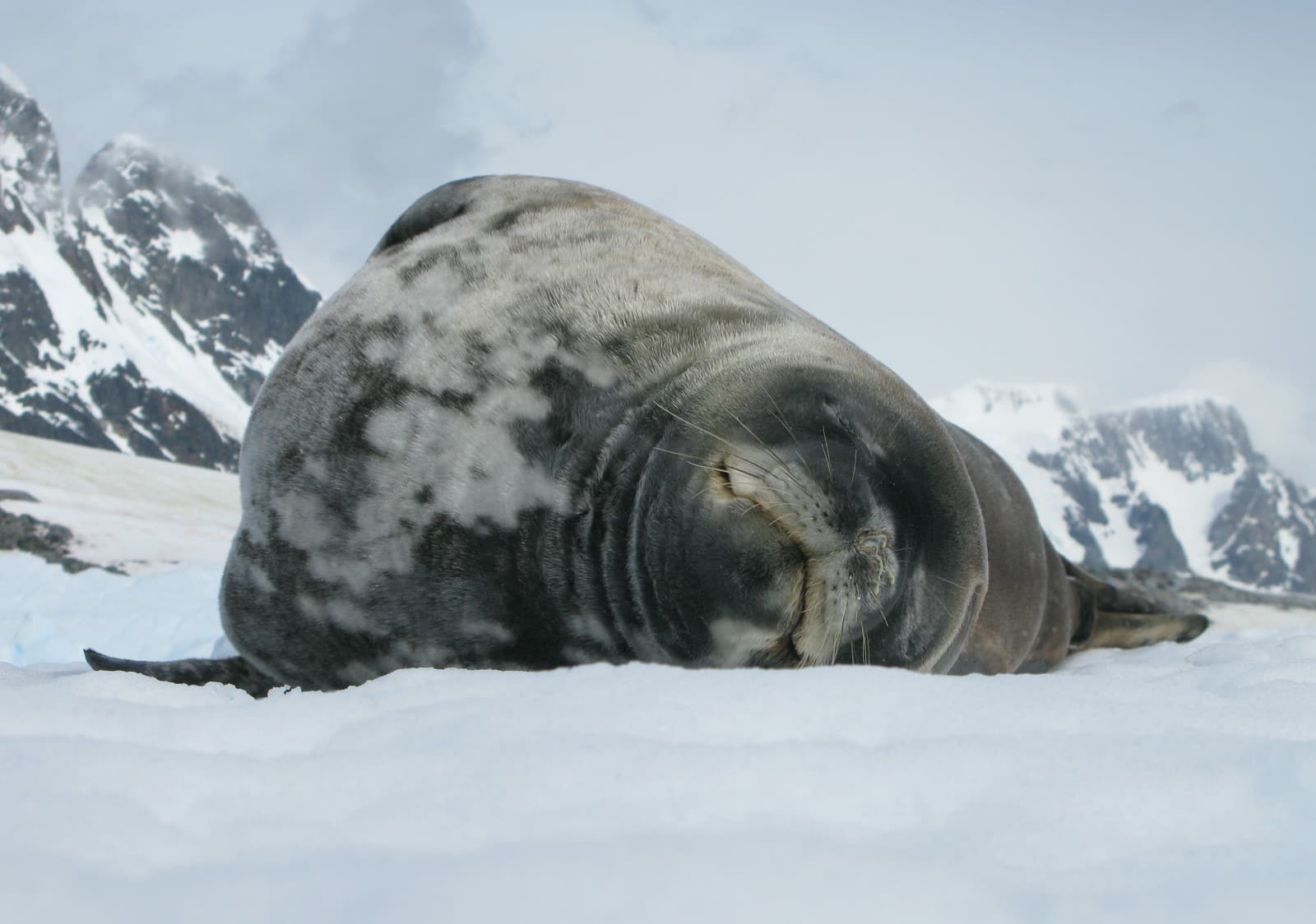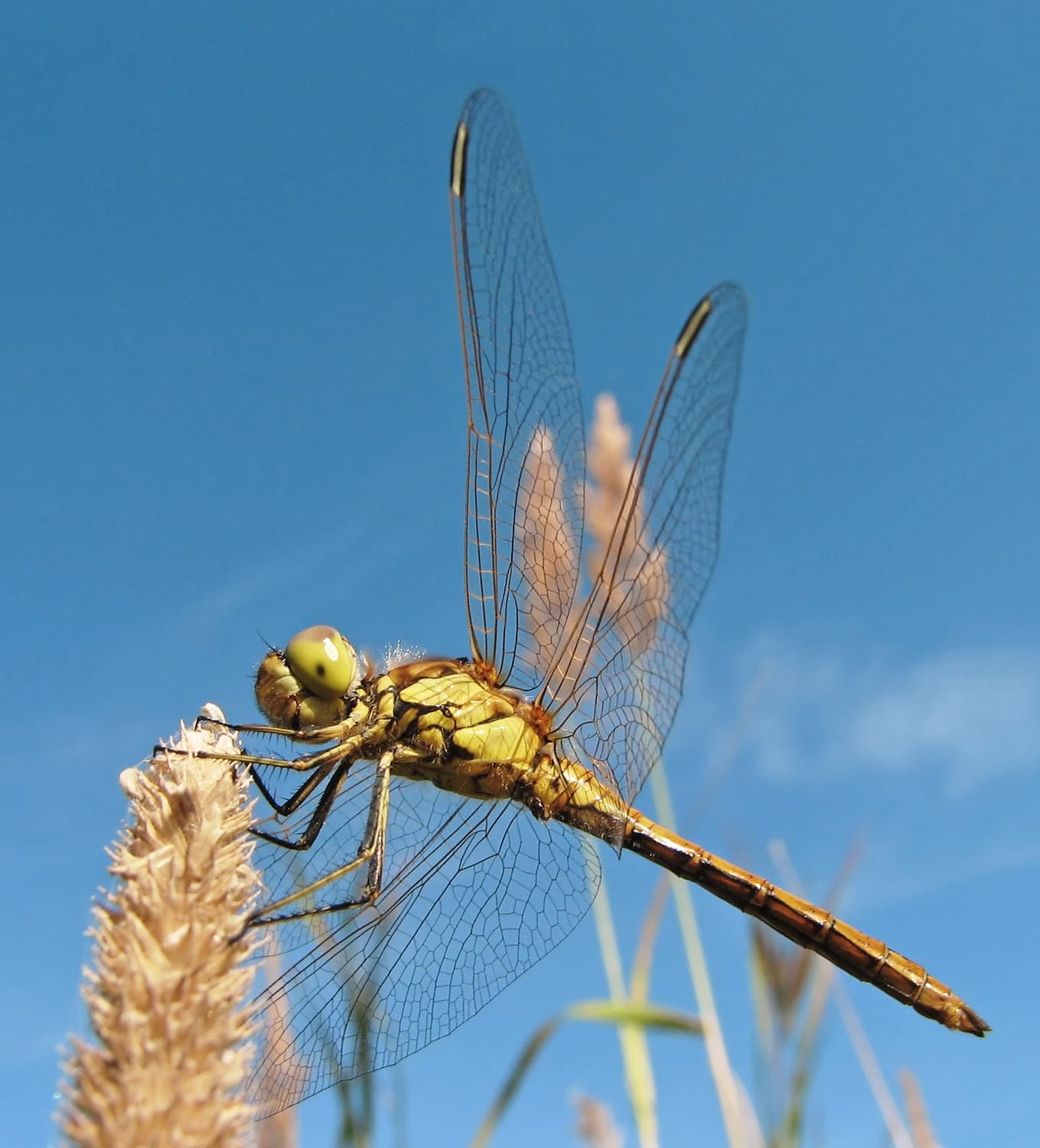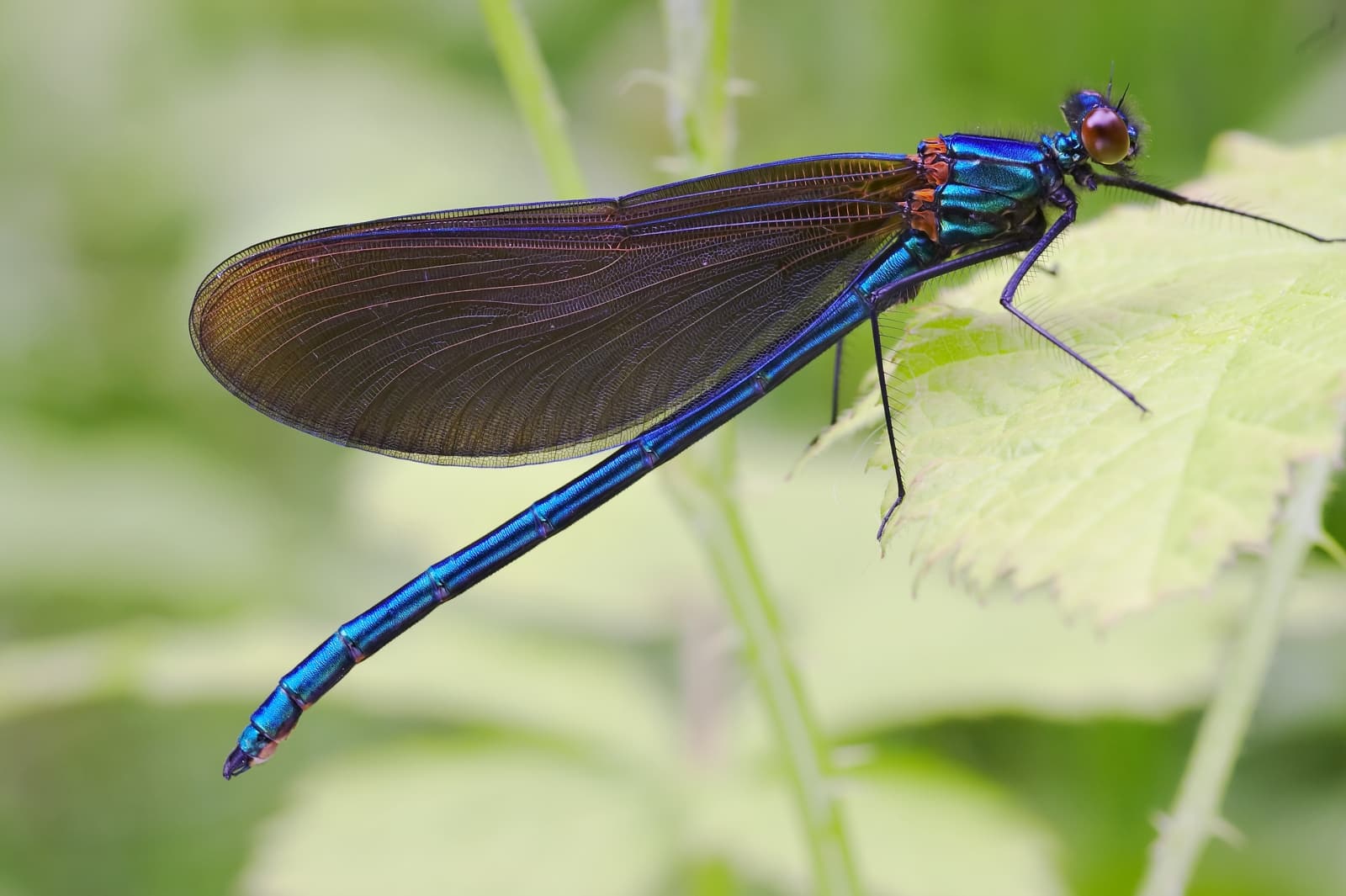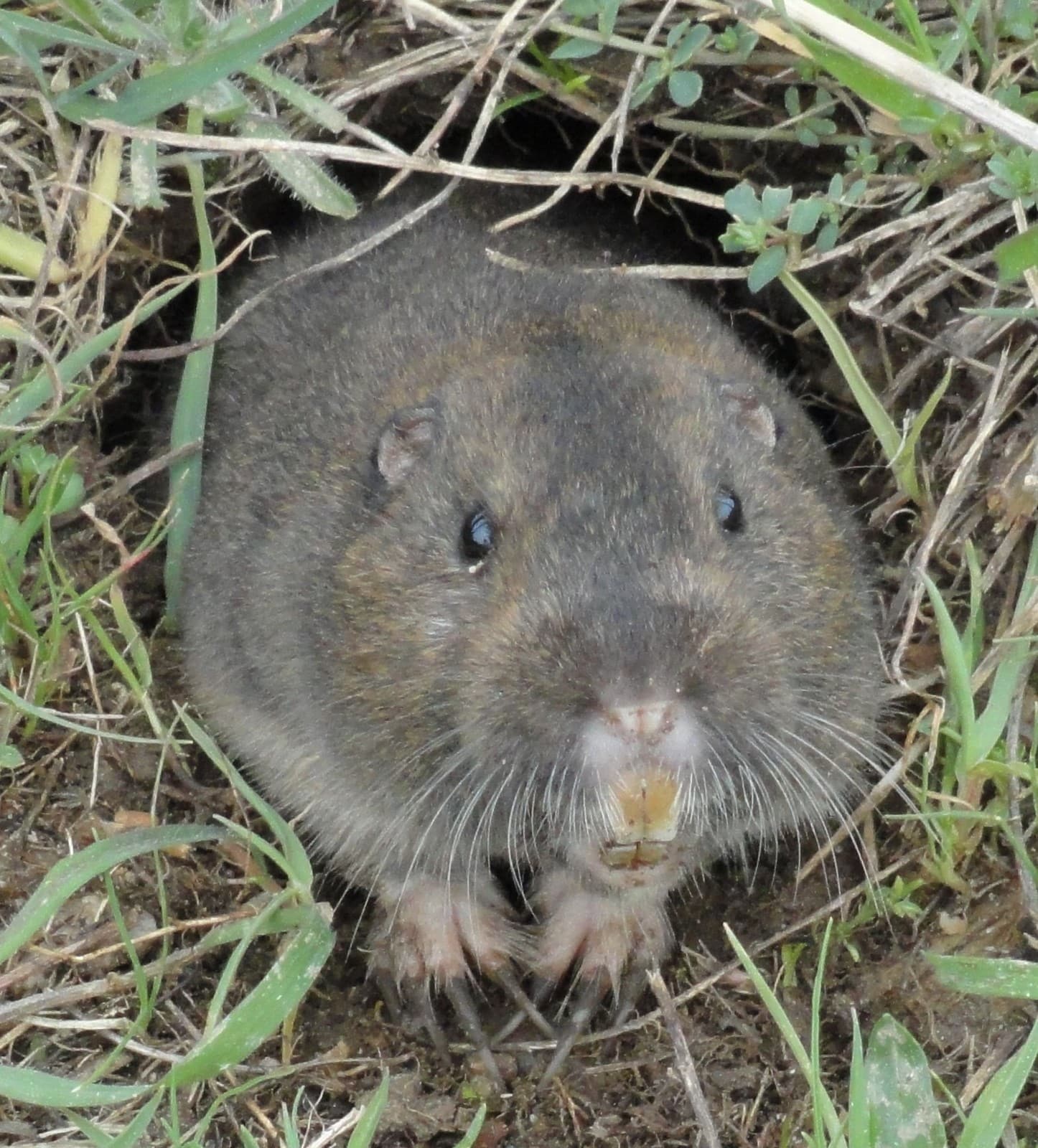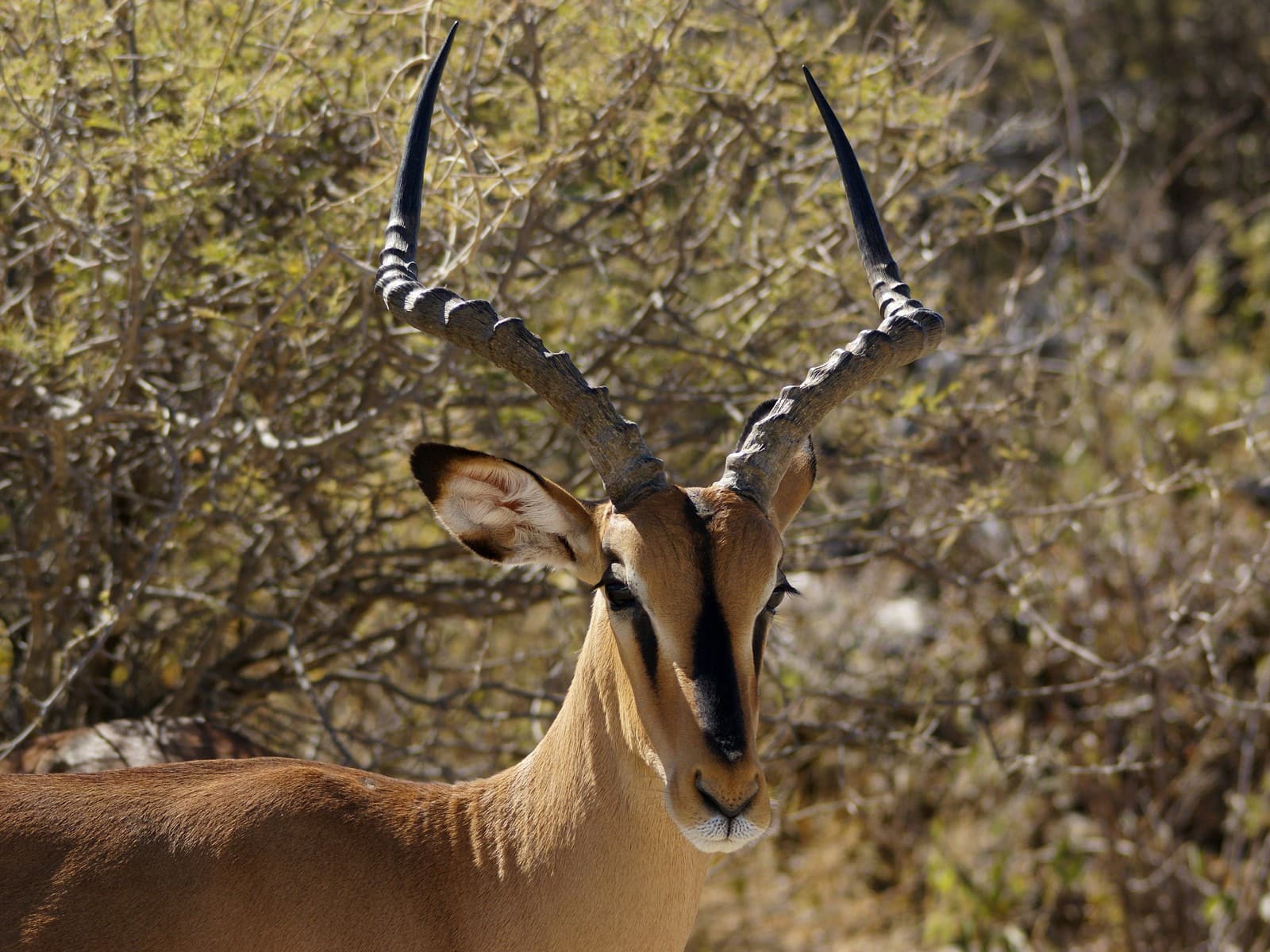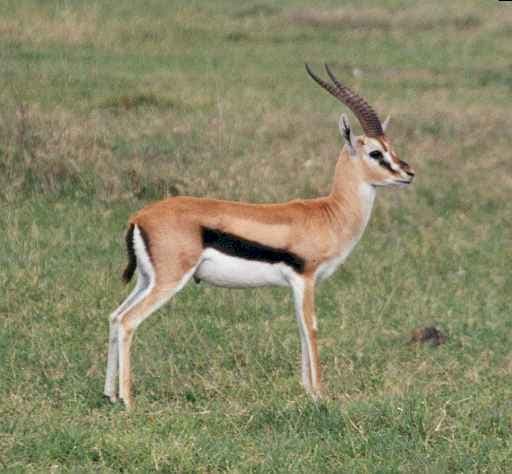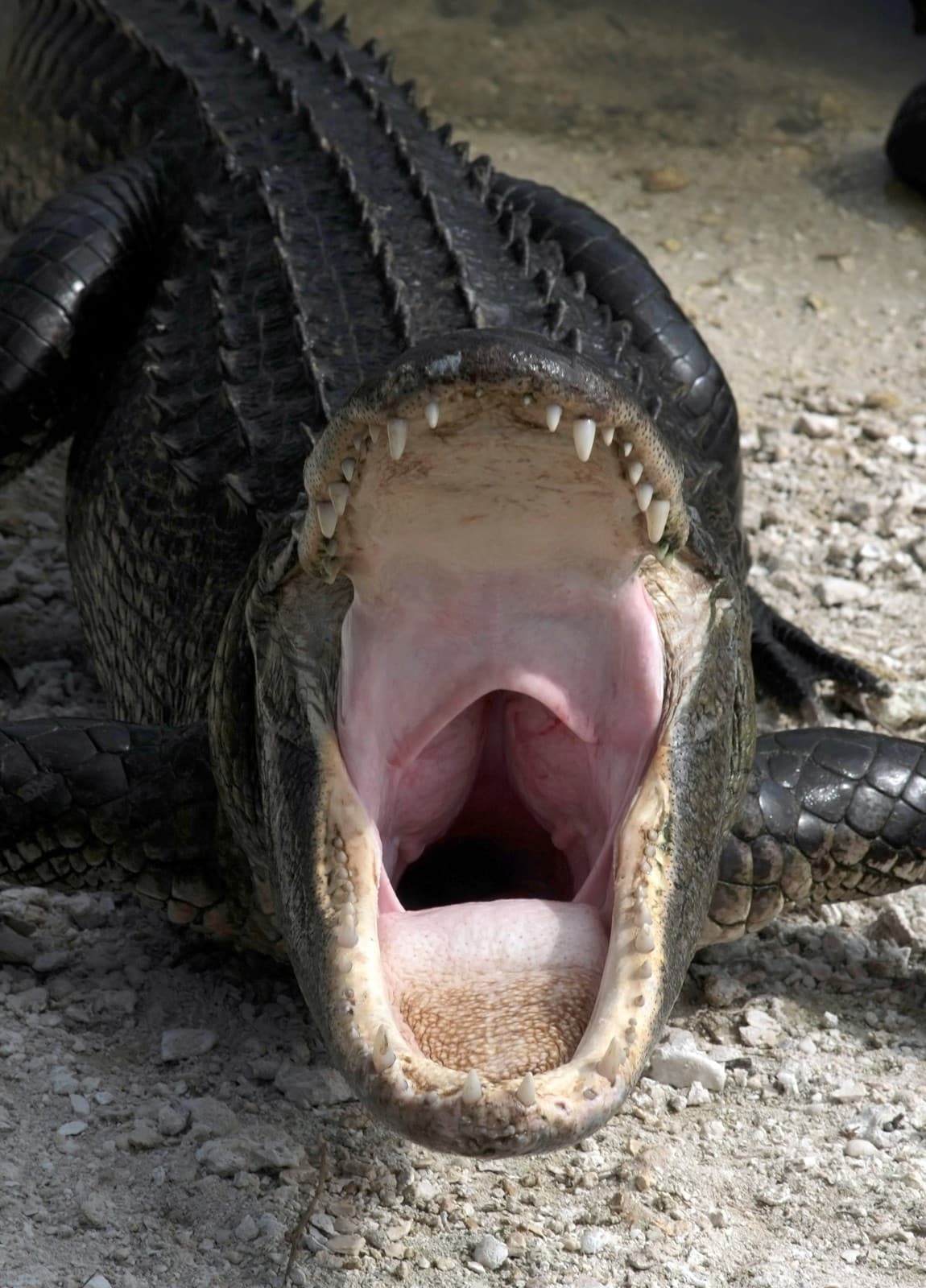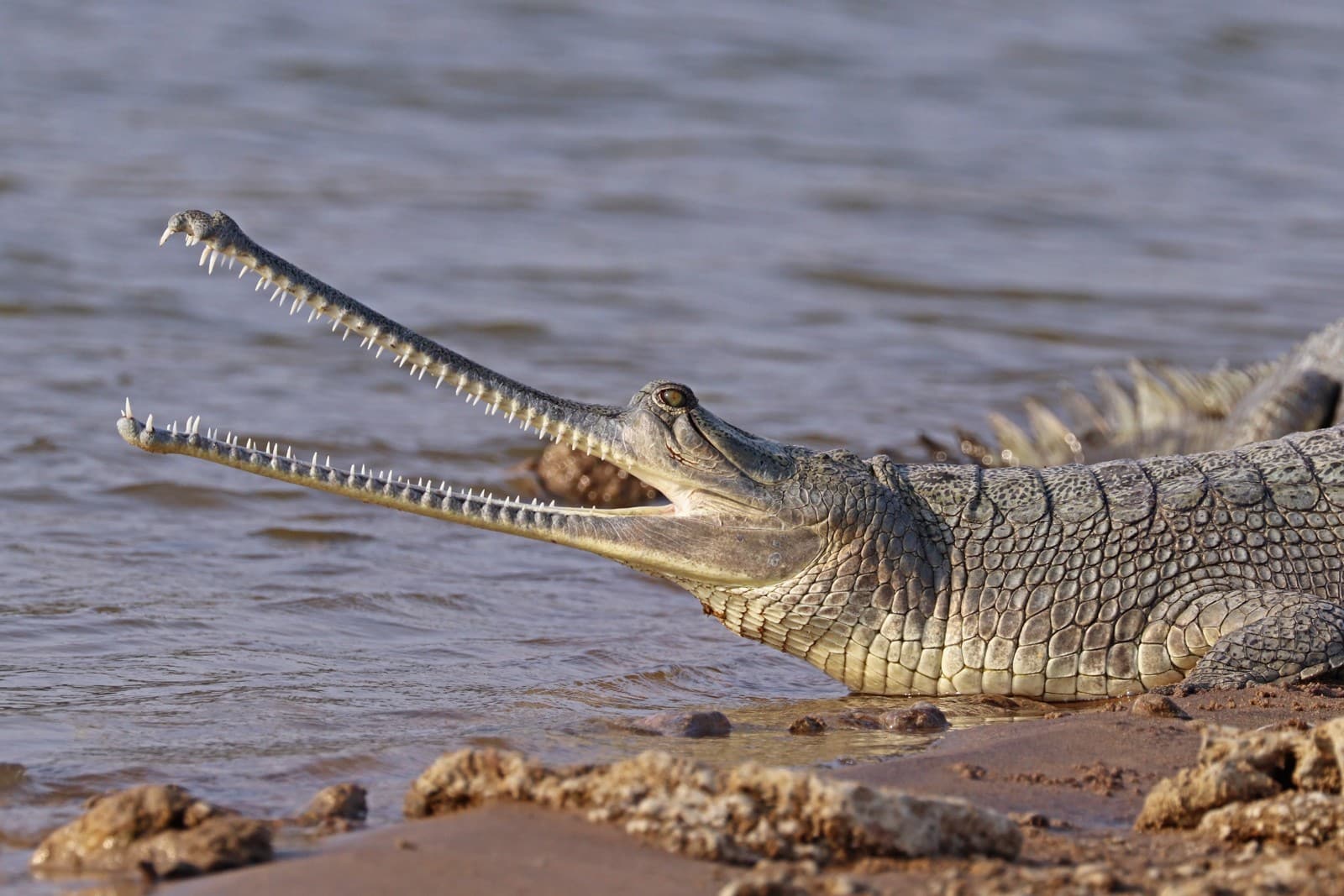Sika Deer vs White-Tailed Deer: A Complete Comparison
When comparing Sika Deer vs White-Tailed Deer, several key differences emerge in size, appearance, and behavior. Sika deer (Cervus nippon) are generally smaller, weighing 88-176 pounds (40-80 kg), while White-tailed deer (Odocoileus virginianus) range from 110-300 pounds (50-136 kg). Both species showcase remarkable adaptability, but their evolutionary paths have led to distinct characteristics suited to their native ranges.
The most notable distinction between these cervids lies in their appearance. Sika deer maintain their spots throughout adulthood, while White-tailed deer lose their spotted coat after their first few months of life. This fundamental difference reflects their distinct evolutionary adaptations to different habitats and predator pressures.
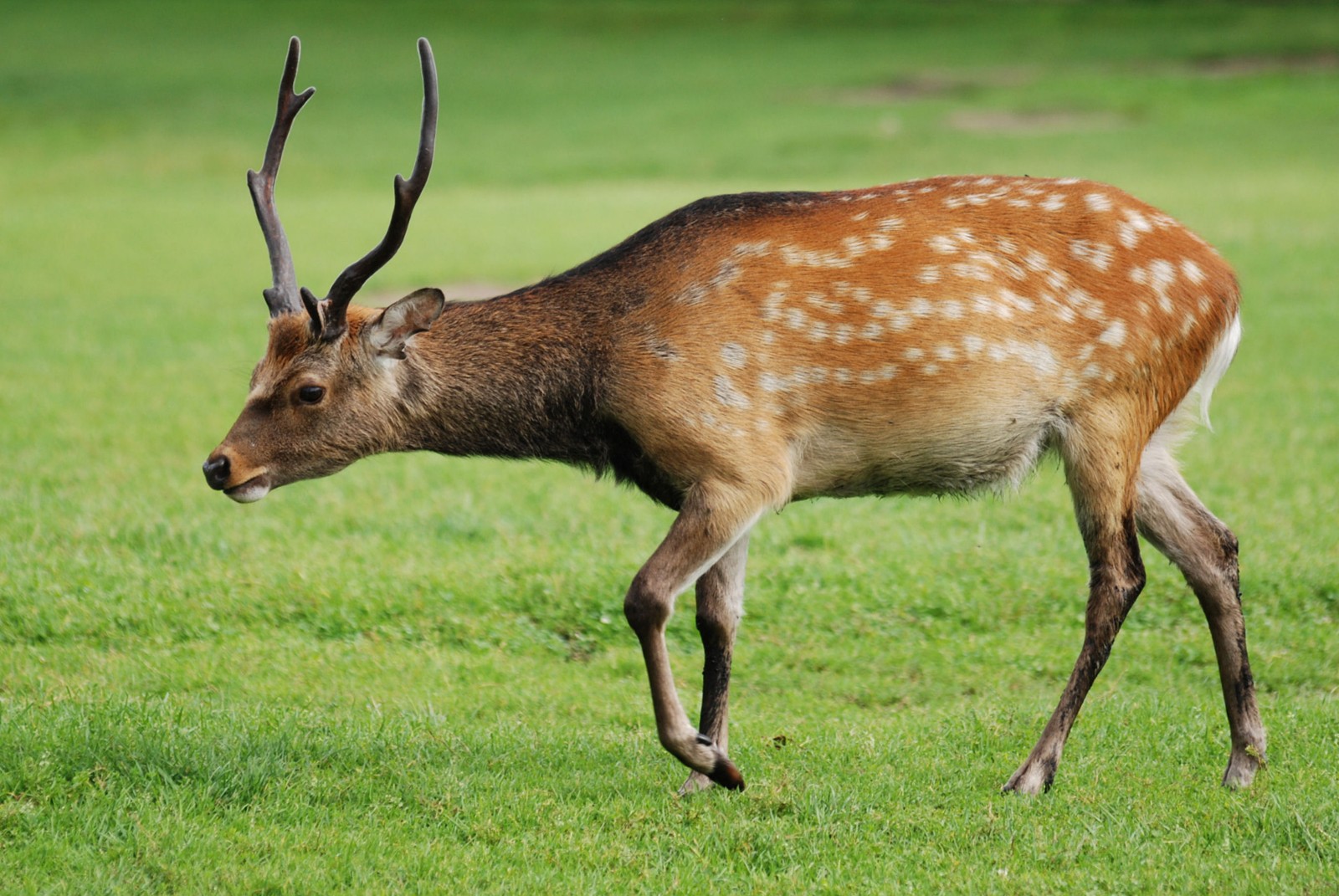
© Lilly M / CC BY-SA 3.0
The Sika deer exhibits its characteristic spotted coat and compact build, demonstrating the species’ unique combination of elegance and resilience. These adaptations have helped Sika deer thrive across various landscapes, from their native Asian forests to introduced territories worldwide.
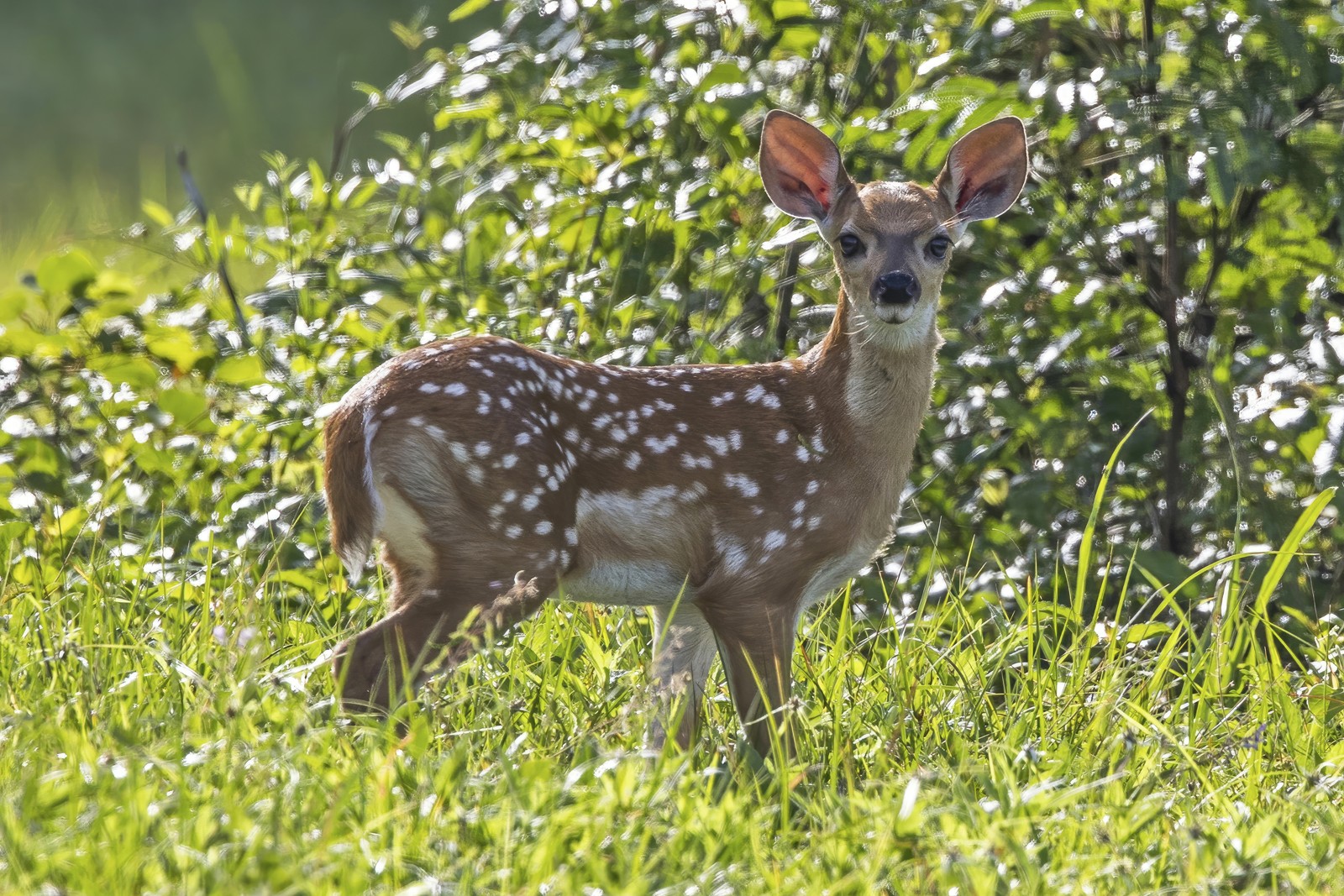
© Charles J. Sharp / CC BY-SA 4.0
The White-tailed deer fawn demonstrates the species’ early-life camouflage pattern, which differs markedly from adult coloration. This adaptive feature helps protect young deer during their most vulnerable period.
Key Physical and Behavioral Differences
| Feature | Sika Deer | White-Tailed Deer |
|---|---|---|
| Adult Weight | 88-176 lbs (40-80 kg) | 110-300 lbs (50-136 kg) |
| Shoulder Height | 2.2-3.5 ft (67-107 cm) | 2.8-3.8 ft (85-115 cm) |
| Coat Pattern | Spotted year-round | Spots only in fawns |
| Antler Structure | Typically 8 points max | Can exceed 10 points |
| Tail Behavior | Dark tail, subtle signals | Prominent white flag when alarmed |
| Vocalization | Distinct whistle and bark | Snort and grunt |
Habitat and Distribution
Sika deer originated in East Asia, particularly Japan and eastern China, thriving in dense woodland areas with abundant understory vegetation. In contrast, White-tailed deer are native to the Americas, demonstrating remarkable adaptability across various habitats from forests to prairies and suburban areas.
Behavioral Differences
Social Structure
Sika deer typically maintain smaller family groups, with mature males being more solitary outside breeding season. White-tailed deer form larger maternal groups, with multiple females and offspring sharing territories throughout the year.
Breeding Patterns
While both species are polygamous, Sika deer males establish and defend territories during rutting season, creating distinct breeding grounds. White-tailed deer males, however, pursue females across their home ranges, leading to more dynamic breeding interactions.
Who Would Win in a Confrontation?
In theoretical confrontations between similarly-sized males, White-tailed deer typically hold the advantage due to:
- Greater average body mass
- Longer antler spread
- More aggressive territorial behavior
- Higher jumping capability for combat maneuvers
However, direct conflicts between these species are rare in areas where their ranges overlap, as they generally avoid interspecific confrontations.
Conservation Status and Threats
Both species face similar challenges in the modern world:
- Habitat fragmentation
- Vehicle collisions
- Hunting pressure
- Disease transmission
- Climate change impacts
While White-tailed deer populations remain robust across their range, some Sika deer subspecies face conservation challenges, particularly in their native habitats.
Ecological Impact and Management
Sika Deer Management
- Careful population monitoring in introduced ranges
- Habitat protection in native areas
- Selective culling where necessary
- Disease surveillance programs
White-Tailed Deer Management
- Urban population control
- Agricultural damage mitigation
- Hunting quota systems
- Vehicle collision prevention
Both species play crucial roles in their ecosystems as herbivores and prey species, though their management needs differ significantly based on local conditions and population densities.

